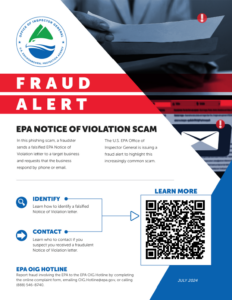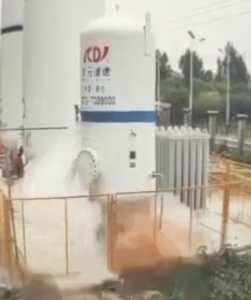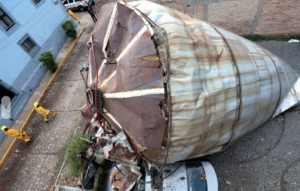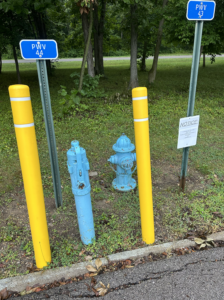Let us help you make sense of PSM / RMP!
My friend Brian Chapin will be offering an open-enrollment PSM/RMP class in Burleson, Texas, July 8th to 11th, 2025. Brian is an absolute pro in NH3 Refrigeration Process Safety. Anyone who attends will also get a FREE membership to SAFTENG. You can get more information on the class with this link.
CLICK HERE to Renew your Membership
CLICK HERE for a NEW Membership
CLICK HERE to see eligibility requirements for FREE Membership
If you have any questions, please contact m
SAFTENG has:
- Over 18,000 categorized unsafe acts/conditions and accident/injury photos
- Over 1,500 ppt's & doc's in the SAFTENG Library
- Over 4,000 Technical Articles on Process Safety, Emergency Response & OSH topics
- Over 450 videos (those not allowed on YouTube Channel)
Many THANKS to my NEW Members and those who CONTINUE to support SAFTENG:












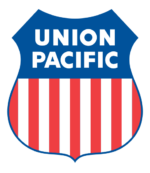

July 30, 2024
Please note, this is NOT a chemical process safety incident, but the design failures and human errors are directly related to process safety hazards. The design of a new passenger ferry’s engine and inadequate follow-on training for engineering crewmembers led to a 2022 fire aboard a Staten Island Ferry. The fire broke out in the engine room of a passenger ferry in New York Harbor with 884 persons...
Read More
July 30, 2024
The U.S. Environmental Protection Agency Office of Inspector General is issuing this fraud alert to highlight an increasingly common phishing scam involving fraudulent EPA Notice of Violation letters. In this scam, a fraudster sends a falsified EPA Notice of Violation letter to a target business and requests that the business respond by phone or email. In recent instances of this crime, a fraudster...
Read More
July 29, 2024
The Chemical Safety Board (CSB) updated its published list of reported chemical release incidents. These are not incidents that the CSB is investigating, these are incidents that were reported to the CSB under their Accidental Release Reporting rules (40 CFR 1604).
…
HomeRead More »
Read More
July 28, 2024
Chainsaws and Human Factors
This module looks at finding the balance between production, distractions and safety concerns in an effort to avoid hazards.
Category: Hazards
Core Component(s): Incident Reviews and Lessons Learned, Human Factors, Communication and Decision Making
Estimated Delivery Time: 30 minutes
Video Length: 14:11
Read More
July 28, 2024
This article is in line with this week’s [My] Safety Thought of the Week (Manage Safety the same as Quality). I hope to explain the 3-5-year plan I offer clients who have decided it is time for a formally structured management system to manage the risks their workers face. It is a quite simple plan and is intended to take the “traditional safety program” and transform...
Read More
July 28, 2024
I have discussed this approach before but think it is worth repeating. In our SMS/Safety Process, we need to view the men and women who do our dirty and dangerous work as our “customers,” just like we view our business customers through the lens of our Quality Management System (QMS). Imagine the outcome if we sent our customers a lousy product. There would be a loss of trust and credibility...
Read More
July 26, 2024
Members can view the frame-by-frame footage showing the event…
…
HomeRead More »
Read More
July 26, 2024
UPDATED 7/26/2024 with drone images, fatality count, and preliminary investigation findings Two (2) of the factory’s 219,000-liter (57,850-gallon) tequila vats ruptured, triggering a fire in three (3) other tanks. One 500,000 liters (132,086 gallons) suffered a HIT and traveled nearly 700′, landing in a residential area. The explosion within the plant killed seven (7) workers; four (4) were maintenance...
Read More
July 25, 2024
I love the CSB’s work, but this study could have been said in really simple terms… State Fire Code(s)! I have written dozens of articles explaining the specific requirements of the International Fire Code (IFC), from which most of the 50 states have adopted some “revised” version. Chapter 50 of the IFC (and those states that adopt it) has very specific requirements...
Read More
July 24, 2024
Many thanks to my friend in safety down under, Mr. Peter Hunt, Director and Principal Consultant, Whamcorp Pty Ltd
On 25 March 1991, a contractor died after an ammonia tank he was upgrading exploded at the ICI plant.
BACKGROUND
…
HomeRead More »
Read More
July 24, 2024
At its facility, Respondent converts paper products into finished products such as rolls of toilet paper and paper towels. The paper products are run through machinery operated by Respondent’s employees. One of these machines is the R74 Line Rewinder (Rewinder) machine. The Rewinder transforms a 10-foot by 10-foot giant roll of toilet paper into the smaller more commonly sized roll of toilet paper....
Read More
July 22, 2024
The Hydrant and PIV must be protected, so we installed two (2) “lazy bollards.” The post are correct, their installation is NOT to code. Had they been installed in the parking lot with a 15” diameter footing and at a height of 4’ AND 4’ away from the PIV, then all would be OK. But they were not, so one day, the bollard failed to protect the asset, causing a major leak and a failure of fire...
Read More


